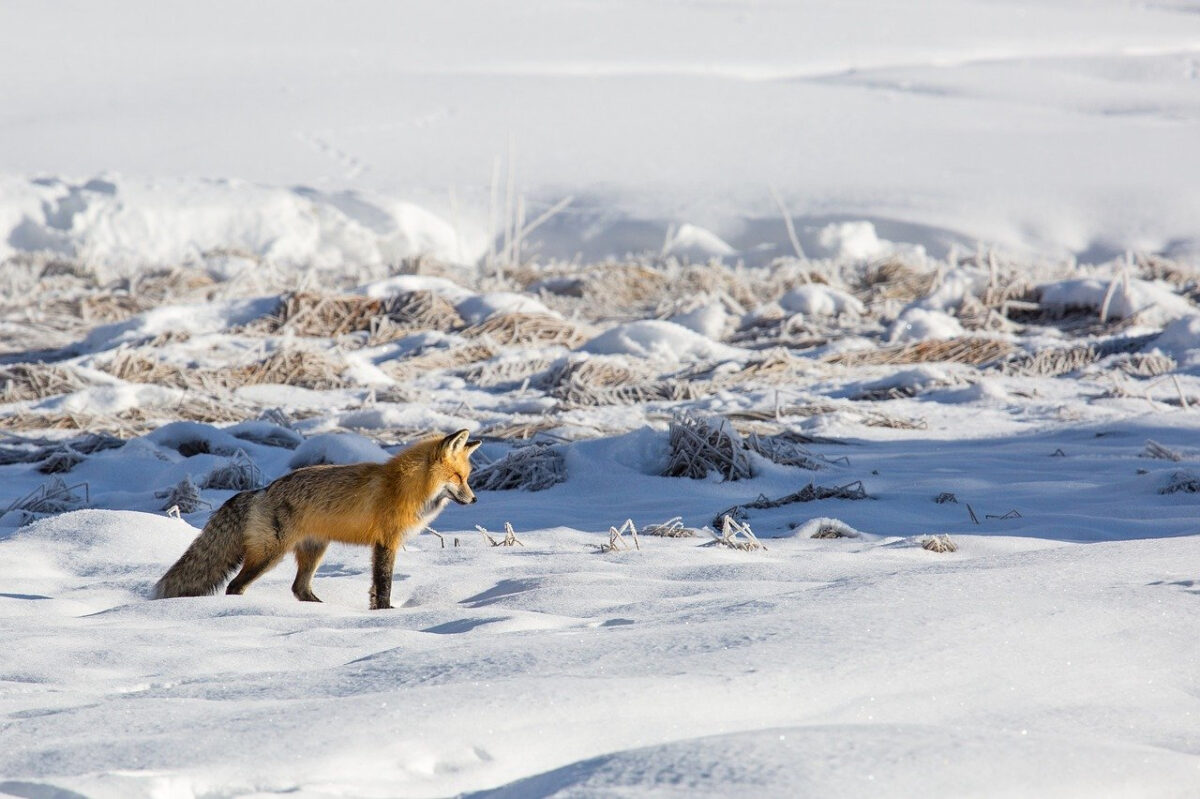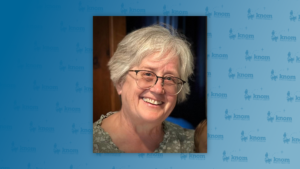The head of Alaska’s Wildlife Disease and Health Surveillance Program confirms that the City of Nome has a higher than normal case count of rabies in the red fox population.
“This winter, Nome has had an outbreak. This winter it’s been particularly different in that most of the cases have been coming from Nome whereas in most winters the majority of the cases come from Prudhoe Bay and Utqiagvik and I think this winter we have also had some cases from Kivalina and some other areas like the villages that are around Kotzebue.”
– Dr. Kimberlee Beckmen
Dr. Kimberlee Beckmen works in Fairbanks as a wildlife veterinarian. When a dead fox is found anywhere in the state, the carcass becomes State of Alaska property and is sent off to her for testing.
She has been doing rabies surveillance in Alaska for over a decade and confirms that rabies is endemic, or regularly found, among the red fox population in the region.
“Rabies is always present in all the fox populations that are in the endemic area. That includes the Nome area. So, rabies is there. Whether it occurs in an outbreak that is detectable or detected by people depends on the interaction of a fox with a dog coming into the village. So there’s always rabies, there’s always outbreaks in foxes in winter, but whether it’s causing a problem or if we find out about it, depends on a fox interacting with a dog or a person.”
– Dr. Kimberlee Beckmen
For Nome this winter, Beckmen found that at least 6 of 7 foxes she tested had rabies, noting that this outbreak is the kind you see once in every ten years.
So, who has the jurisdiction to resolve the problem? What is the City of Nome’s role in all of this?
City Manager Glenn Steckman says officials are well aware of citizen concerns with the fox population settling into the city in winter. But he sees prevention as a more important action step for Nomites to take.
“The City is obviously hearing the complaints. Right now, working with Norton Sound Hospital, we are conducting rabies vaccination for cats and dogs, to help protect the family pets from any potential rabid foxes.”
– City Manager Glenn Steckman
Both state and city officials want locals to be proactive in rabies prevention mitigation and to consider rabies vaccination for their pets. They also urge residents of Nome to store garbage more securely and not to feed foxes. Both the state and the city, however, have different roles and responsibilities.
“Normally, our Animal Control officer mainly deals with household pets – dogs and cats. Wildlife is the state’s responsibility, but we, the City, are prepared to hire, at this point, because of the number of fox complaints, a trapper to trap and dispose of any of the wildlife, the foxes, that are in town.”
– City Manager Glenn Steckman
The idea of trapping foxes within city limits is quite contentious and KNOM will be investigating that issue further in the coming days in order to understand different perspectives. That said, the federal government is now involved. Biologists and rabies experts from the Wildlife Services Program of the Animal and Plant Health Inspection Service of the United States Department of Agriculture will be in Nome between March 27 – April 7 to assist the Alaska Department of Fish & Game with removal of red foxes from and around the City.
For now, the City of Nome is holding rabies vaccination clinics each Friday in March. Get your pets vaccinated this Friday between 3-6 PM at City Hall.
Dr. Beckmen and the State of Alaska will continue to monitor rabies outbreaks in red foxes.
Image Above: Vulpes vulpes, the red fox, hunting in the sub-Arctic snow. Photo in the public domain, via Pixabay.





